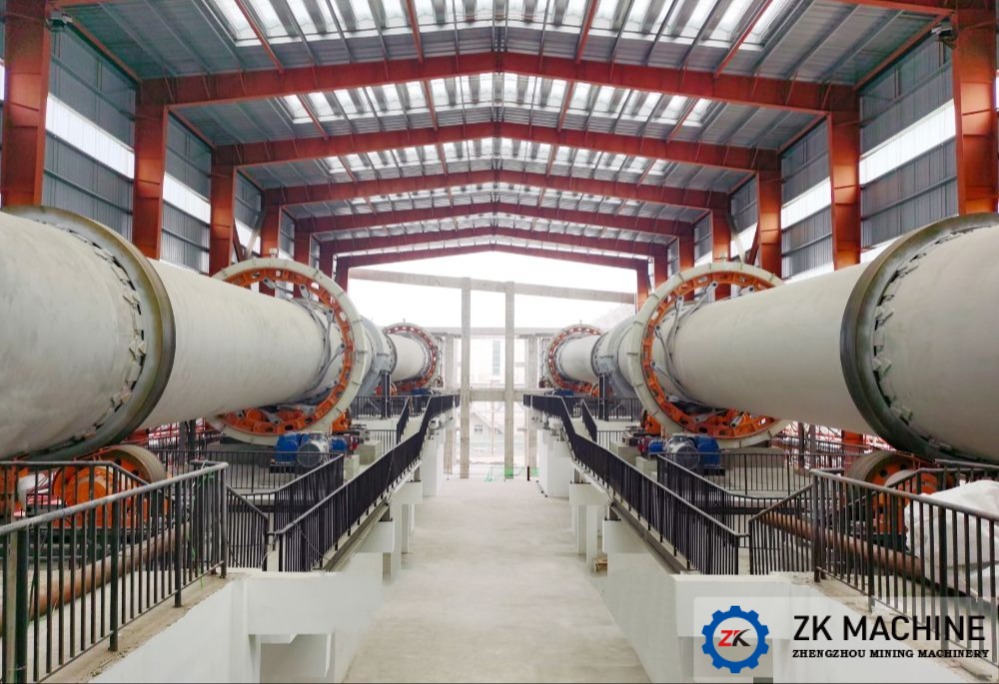Comparison of fuels in the production of aggregate
Publication date: 2024-10-24 10:35:12
article source: admin
viewed:140
The operation cost of aggregates project mainly includes the following aspects: fuel consumption, electricity consumption, labor cost, mechanical loss, pharmaceutical, sales cost, financial cost, and etc. Among them, the fuel consumption occupies a larger proportion of the cost, and the following is a comparison of several commonly used rotary kiln fuel situations.
-
Comparison of commonly used fuel in rotary kiln
Rotary kiln fuel can usually be divided into: coal, fuel oil, natural gas, biomass, electricity.
|
Name of Fuel |
Environmental |
Calorific Value |
Unit Price of Fuel |
|
Mixed Coal |
Serious Pollution |
5000kcal/kg |
RMB1.00/kg |
|
Heavy Oil |
Serious Pollution |
8000kcal/kg |
RMB4.70/kg |
|
Diesel |
Pollution |
102000kcal/kg |
RMB7.20/kg |
|
Natural Gas |
No Pollution |
8200kcal/m3 |
RMB4.50/m3 |
|
Electricity |
No Pollution |
860kcal/kw.h |
RMB0.75/kg |
|
Biomass |
Light Pollution |
3200kcal/kg |
RMB0.80/kg |
Economic Efficiency: coal >biomass > oil > Natural Gas > Electricity
Environmental: Natural Gas = Electricity > Biomass > Oil ≥ Coal
In summary: Taking into account national environmental requirements and economic feasibility, most projects in the ceramic aggregate industry currently design to use biomass fuels, with rice husk being the main fuel. A small number of special projects use natural gas and electricity as fuels. Coal and other fuels are currently only used in some special industries such as lime and cement.

-
The prospect of biomass fuel
-
Policy support: Many countries and regions are actively promoting the development of renewable energy to reduce dependence on traditional fossil energy, achieve diversification and sustainability of the energy structure, and address issues such as climate change. As an important renewable energy, biomass fuel can usually be encouraged and supported by policies, such as subsidies, tax incentives, investment support, etc., which provides a favorable policy environment for its market development.
-
Growing market demand: With the increasing global demand for clean energy, biomass fuels are expected to further expand their share of the energy market. It can be used in many fields such as industry, power, heating, transportation, etc., to replace some traditional fossil fuels, thereby reducing greenhouse gas emissions and environmental pollution.
-
Technological progress: Driven by technological innovation, the production and utilization efficiency of biomass fuel has been continuously improved. For example, improvements in biomass conversion technology can increase the yield and quality of fuels; Advanced combustion equipment and systems can make biomass fuel more fully burned, improve energy efficiency; The development of new biomass fuel types, such as second and third generation liquid biofuels, can help overcome some of the limitations of existing fuels.
-
Abundant resources: The biomass resources on the earth are widely and relatively abundant, including crop straw, forestry waste, wood processing waste, municipal waste, algae and so on. Through the rational collection, utilization and conversion of these resources, the production of biomass fuels can provide a sustainable supply of raw materials, so that it has the potential for large-scale development.
-
Sustainable development advantages: Compared with traditional fossil energy, biomass fuel has the characteristics of sustainability. It is stored by converting solar energy into chemical energy through the photosynthesis of plants, during its life cycle, the growth process of biomass will absorb carbon dioxide, and the carbon dioxide emitted when it is used as fuel can be re-absorbed by the newly grown plants, so as to achieve a closed-loop cycle of carbon, with less impact on net carbon emissions to the environment. In addition, the development of biomass fuel industry can also drive related economic activities, such as the collection, transportation, processing and other aspects of biomass resources, create jobs and promote local economic development.















